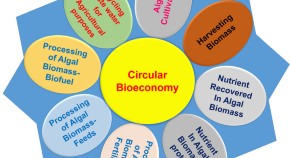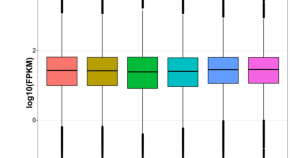Comparison of Metabarcoding and Microscopy Methodologies to Analyze Diatom Communities in Five Estuaries Along the Southern Coast of the Korean Peninsula
Authors (first, second and last of 9)

Collection
It is now clear that we are seeing an increase in environmental pollution as a result of chemical wastes, heavy metals, fertilizer, pesticides, and herbicides among others being released. Bioremediation is an approach to reclaiming environments contaminated by leveraging natural systems encoded in microbes, and various aerobic and anaerobic bacteria as well as fungi capable of remediating toxic environments have been described.
In this Collection we focus on the role of microorganisms, microbial enzymes and genetically engineered systems (including microbes) to effectively degrade remediate our environment. We also seek to address the gaps that remain, unexplored areas and how collectively we can focus on these challenges. What approaches can be used in terms of sustainability? How is pollution impacting our soils, the oceans and the air that we breathe?
Among the areas to address are:
1. Biodegradation of recalcitrant contaminants
2. How are microorganisms removing using natural metabolic processes to eliminate or make neutral pollutants in the environment
3. Synthetic Biology, Genetic Engineering and the Bioremediation process
4. The identification of genes pathways and proteins that have special applicability to bioremediation processes
5. Microplastics in the Environment
Editor-in-Chief, Microbial Ecology
Prof. Dr. Michael Schloter is the director of the Research Unit for Comparative Microbiome Analysis, Helmholtz Zentrum München, Munich, Germany.












